Search
Midnight in Paris
- willa
- May 10, 2024
- 2 min read
I usually only sell British porcelain, but when these beautiful Parisian plates made their way to me, how could I have rejected them?
In Britain, most factories had their own decorators, and although there were some "outside" decorating studios serving various factories, and there was also a lively movement of decorators between the factories, most items were decorated "in house". In Paris, this all worked very differently.
There were many porcelain factories in and around Paris - not only the world famous Sèvres factory, but about 30 others. Some names are still known, such as Jacob Petit, Dagoty and Edouard Honoré, but many others are forgotten. About 70% of their wares were never marked, so unless you have a piece of Sèvres in your hands, it is usually hard to determine where an item was made.
The decoration process was similar: after a porcelain item was manufactured, it would often be sent to one of the Paris decorating studios. These studios were filled with artists who had left the Royal Sèvres factory, which had restrictions on what their artists were supposed to paint, so you can imagine that in these studios the artists felt liberated and painted exactly what they, or their clients, wanted - without any Royals looking over their shoulders. And again, apart from some very famous ones like Feuillet, they weren't signed, so it is quite hard to know where something was decorated.
This whole ecosystem of porcelain factories and studios is called "Vieux Paris" (or "Old Paris" in English): a group name for all of these nameless establishments.
This wonderful set of 6 plates was made in about 1865 by a "Vieux Paris" factory and decorating studio.
These plates are special in many ways. The mauve colour is so incredibly sophisticated and impossible to place in the colour spectre; is it even mauve? purple? dark pink? It is a colour that makes me think of the soft hues of a midsummer night. Then there is very delicate gilding around the edges, and it is very French - how is this gilt pattern so different from the English style - is it the little flowers? Finally, the fruits and nuts painted in the centre of each plate are so very realistic and beautiful, including little blemishes and a soft shadow where the fruit lies on the surface. These paintings remind me of the 17th Century Dutch still lifes, which have a similar liveliness to them.
These beautiful plates are for sale in my shop. They have a bit of wear but other than that are still in perfect condition.
New stock coming... in the meantime
I am working on some wonderful new stock, which will be coming soon. In the meantime, why not have a look at some items that have been in the shop for a while? I have highlighted a few of them below.
Where to find things
You can find these plates and many other plates here, and all my available stock can be found here. If you always want to see the latest additions, follow me on Instagram... I post pictures and a story several times a week.
Happy weekend, and have some fresh fruit! 🍒🍇🫐🌰
Some highlighted treasures:



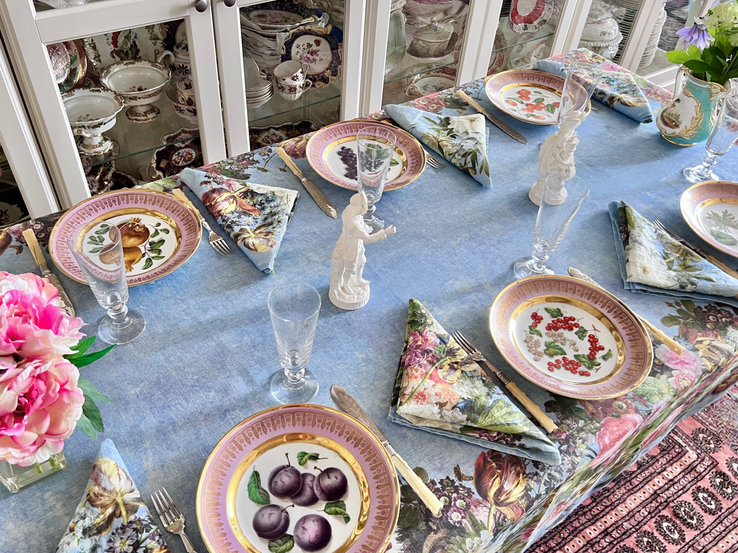

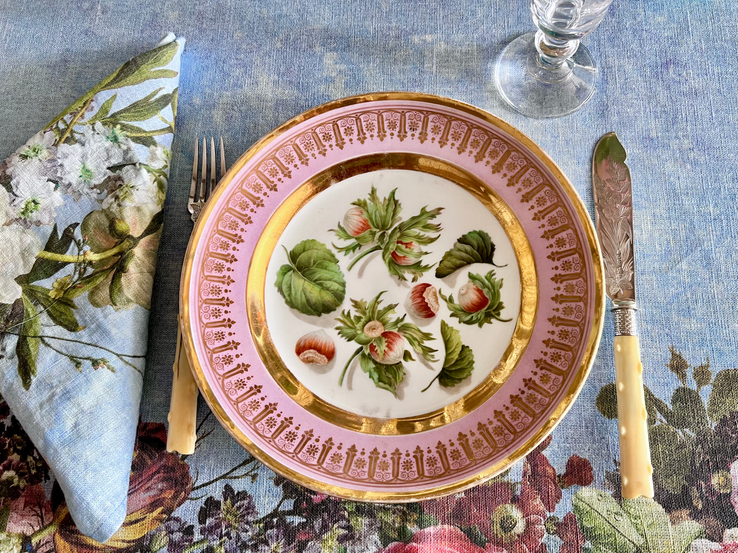
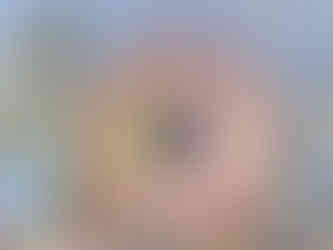




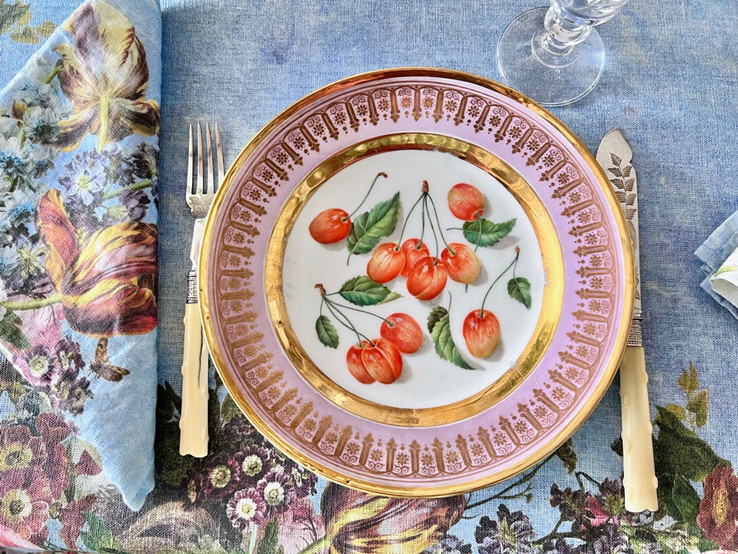







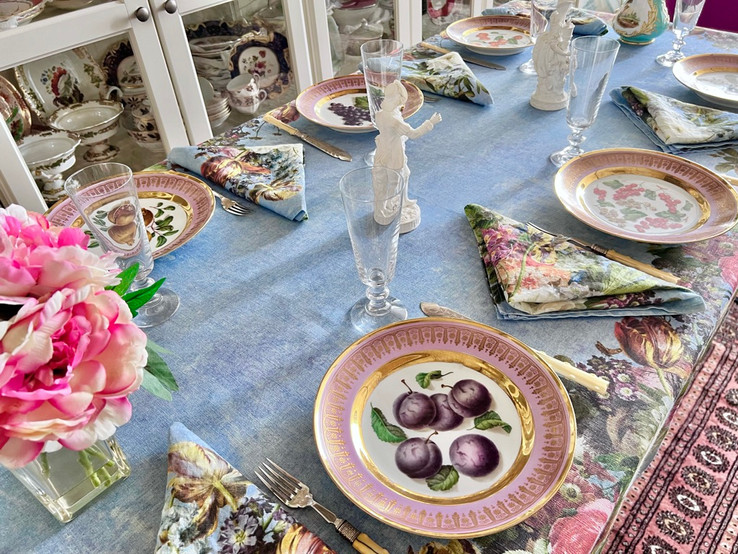





















































gorgeous fruit plates!